Optimal Seasons for Foundation Repairs
Foundation repairs are most effectively performed during specific times of the year when weather conditions are favorable. Proper timing can help ensure the quality and longevity of repairs, reducing the risk of complications caused by extreme temperatures or moisture levels.
Understanding the seasonal variations in soil conditions and weather patterns is essential for scheduling foundation repairs. Typically, milder seasons with moderate temperatures and stable moisture levels provide optimal conditions for effective repair work.
Spring often offers moderate weather, making it a suitable time for foundation work. Soil tends to be moist but not overly saturated, allowing for better soil stabilization.
Summer can be hot and dry, which may cause soil to shrink and crack. Repairs during this time require careful planning to avoid further movement.
Fall provides cooler temperatures and increased moisture levels, ideal for foundation repairs before winter.
Winter is generally less suitable due to freezing temperatures and potential for snow and ice, which can hinder repair work and affect soil stability.

Spring's moderate conditions help in effective soil stabilization and repair longevity.
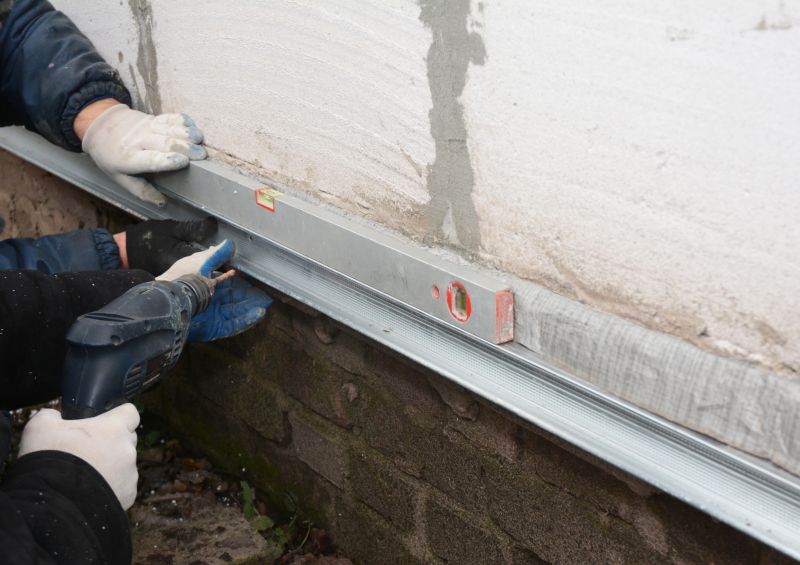
Dry summer conditions require adjustments in repair techniques to prevent further soil movement.
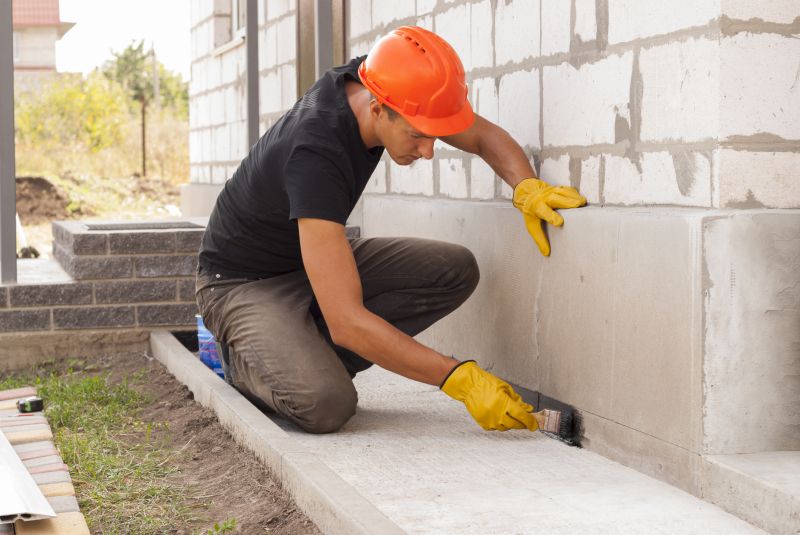
Fall offers optimal weather for foundation repairs before colder months set in.
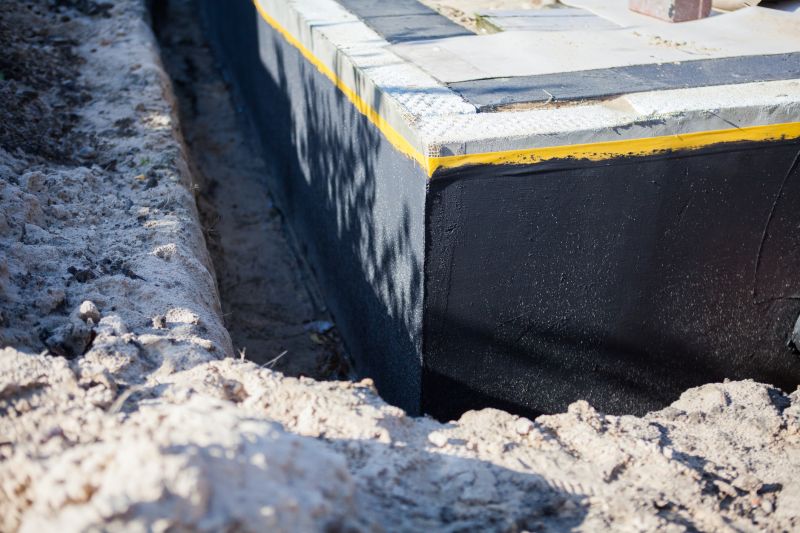
Winter's cold and moisture can delay or complicate foundation repairs.
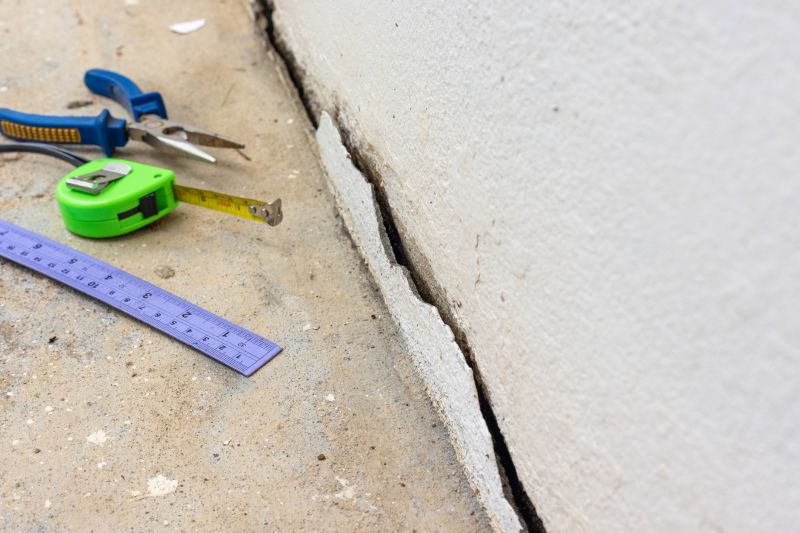
Ways to make Foundation Repairs work in tight or awkward layouts.
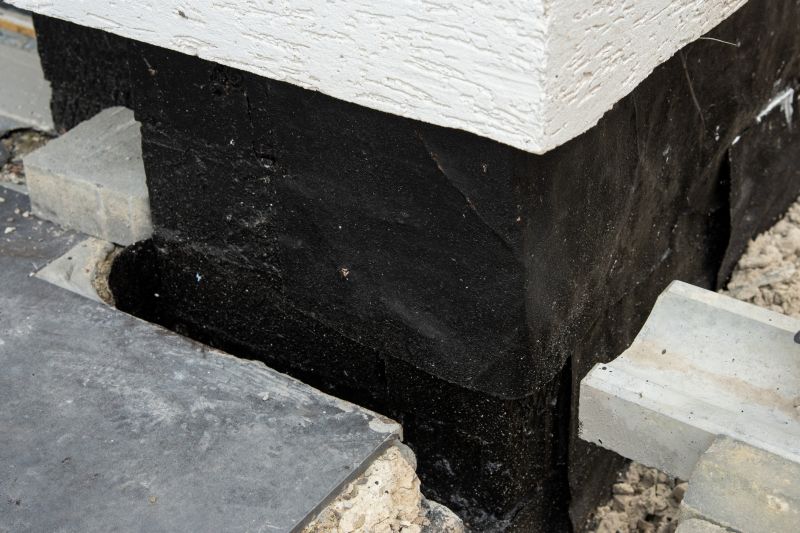
Popular materials for Foundation Repairs and why they hold up over time.
| Season | Ideal Conditions |
|---|---|
| Spring | Moderate temperatures, moist soil, minimal extreme weather |
| Summer | Hot, dry conditions; requires careful planning |
| Fall | Cooler temperatures, increased moisture, stable soil |
| Winter | Freezing temperatures, snow, and ice; generally unsuitable |
Foundation repairs address issues such as settling, cracking, and shifting that can compromise structural integrity. Soil movement caused by moisture fluctuations, temperature changes, and natural settling can lead to uneven foundations. Timely repairs help prevent further damage, reduce repair costs, and maintain property value. According to industry data, addressing foundation issues early can reduce repair expenses by up to 50%. Properly timed repairs also allow for better soil stabilization and longer-lasting results.
In Stafford, VA, seasonal weather patterns significantly influence foundation repair scheduling. Spring and fall are generally preferred due to stable soil conditions, while summer and winter pose challenges that require specialized techniques. Understanding these factors can help property owners plan effectively for foundation maintenance and repairs.

Proper timing ensures effective soil stabilization and long-lasting repair results.

Seasonal conditions influence the choice of soil stabilization methods.
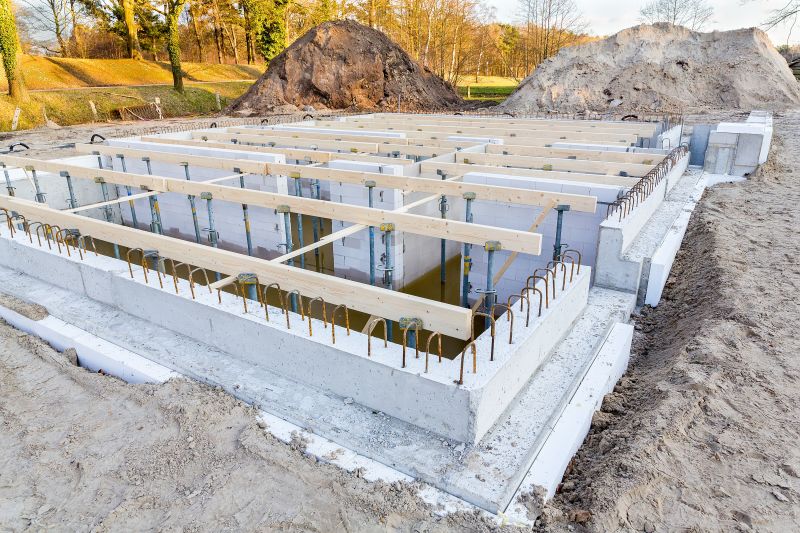
Timing affects the installation of underpinning and support systems.
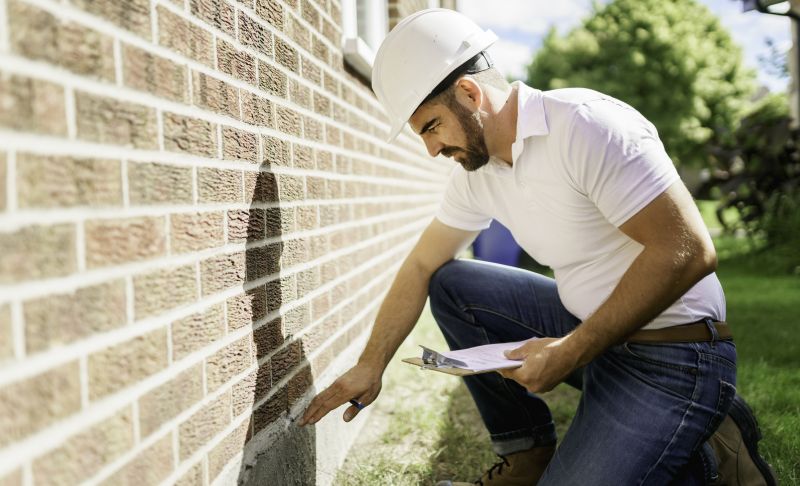
Assessment and planning are crucial before scheduling repairs.
Interested property owners in Stafford, VA, seeking foundation repairs are encouraged to contact for detailed assessments and scheduling guidance. Proper timing can make a significant difference in repair effectiveness and durability.

